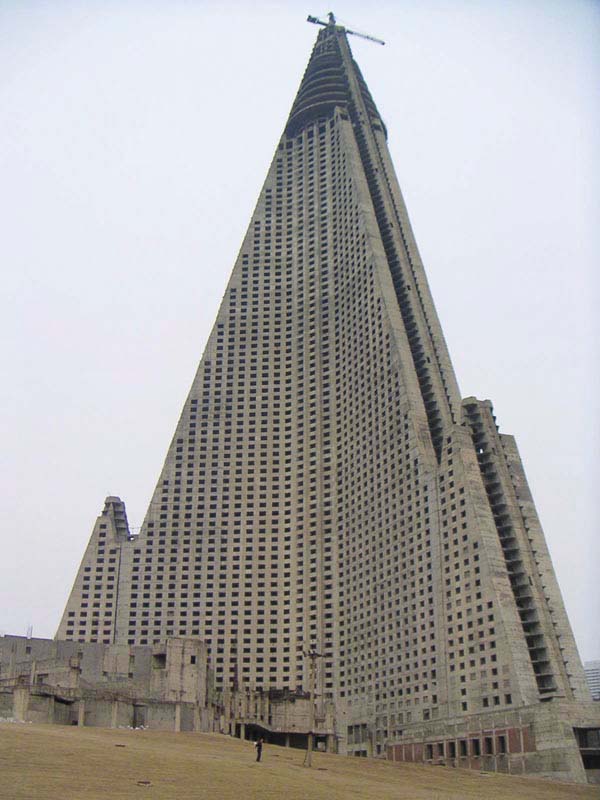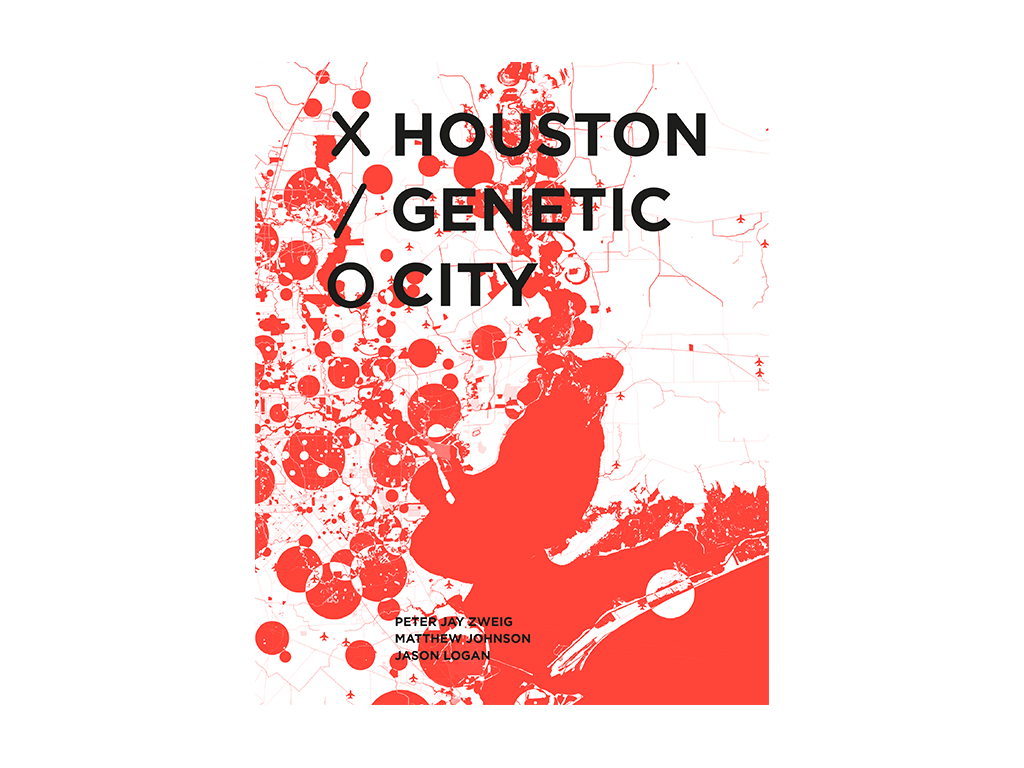The present appears to be a golden moment for architecture. Public attention to, and general lust for, design is at an all-time high; everyone is doing brilliant and fresh work; architects are increasingly respected and sought out for their ideas on social developments, history, and the city; and it seems that we have all overcome our objections to capitalism. Despite some of these ironies, such developments are in themselves no bad thing.
But isn’t something being masked by all the cheer? Might the present mood be a “manic defense”? Perhaps what we are hiding from ourselves today is a fear of the second act. Architecture’s only partly willing catapult to a position at the probe head of culture in the last few years has brought responsibilities that architects do not seem altogether ready to face. What are some of these challenging realities? We cannot know for certain. But in the face of this unknowability, it could not hurt to invent a few just to see how it feels—perhaps to prepare us to face our inflexibilities, our sacred cows, and the current limits of our courage, ambition, and imagination.
First: We need to face the fact that architecture is fast becoming part of the knowledge industry. “Design” is becoming increasingly dissociated from simple “building” and progressively more associated with the production of intellectual property: ideas, routines, contexts, entire social and cultural environments and processes. Every social relation is now a target of design, not only the relations of humans to objects and humans to concrete environments but of humans to humans and humans to collective and symbolic enterprises as well. Architects now are inventors of those intervening “films” that seem to coat everything these days and that one used to call “interfaces.” Now more than ever, the reshaping of the knowledge system is inseparable from the transformation of the material environment. Architects must adapt to this emerging reality.
Second: We need to face the fact that there may not even be architects in thirty years. Why? Because the material of the world is now generated largely through administrative apparatuses (or what are more benignly referred to as “organizations”). A few architects long ago anticipated the shift of their role from builders, as traditionally conceived, to organizers of social relations. Some seized upon “program” as the new motor of social invention and production. It may take some time before the transformation is complete, but once this occurs, the remaining architects who still design buildings and other details may well find themselves employed by “program designers,” just as draftspersons in recent decades were employed to render what architects dreamed up.
Third: The age of the computer and the euphoria for all things “virtual” may already be over. Architecture may well have over- invested in an arguably necessary fad. No one who calls the computer a “tool” has ever betrayed the slightest understanding of what a computer is. And I don’t mean to argue that they are simply shortsighted rubes largely unaware of the broader environmental implications and impacts of informational and corporal automation taking place at the current scale (though they are at least partly this).
I mean that those who consider the computer a tool appear to have no inkling of what an enchanted concoction a computer could rep- resent: they obediently and conventionally conceive of it as “digital” when in fact it is quite demonstrably an analog organization (made of glass, silicon, and electricity). Academics in small pockets throughout the country, from MIT to NYU and UCLA, have recently emerged to explore the “physical” or “tangible” dimensions of computing that may well turn out to be the holy grail of design. In fact, there appears to be nothing in the software universe today that is not derived from the analysis of real-world material processes. Nurb splines in CAD programs, for example, bend like wood slats even though they don’t have to. Student research in Toshiko Mori’s seminar at Harvard in 2003 convincingly demonstrated that today’s most successful digital design algorithms are in fact based on weaving matrixes largely derived from, abstracted from, or modeled after real-material continuums. Computers are not so much tools as hyperbolic versions of real continuums. They allow us to capture the movement of matter and to manipulate and redeploy physical traits, qualities, and behaviors into novel composites. The future lies in getting our heads back on straight. We should redirect research from the screen-based simulations that have predominated in the last fifteen years toward the considerably greater intelligence that is already impressed into matter, including the investigation of new scientific and industrial processes and the new materials in which these processes are embedded.
Fourth: Although the city has disappeared, it is nevertheless here to stay—a clumsy paradox. We no longer know where to look to find the glorious ensembles and performances that we once called the “city.” In a modern economy, the city is not just where we are; it is who we are, and the parochialism that has been so enjoyable and fruitful in these last few decades may already have come to an end. The first sign of change was the arrival of the password “globalization.” Another was “markets,” and today it could well be the paired concepts of “jihad” and “war on….” These are all concepts that effectively join every human on the planet into a direct and ruthless symbiotic relationship where the credit of one necessarily entails the debit of the other. This implies a new spatial condition, and however difficult it may be to accept, it is the new “city” we live in. Design will see its safe havens of traditional, poetic, and academic form-making reduced, trimmed, and challenged by these new social and historical demands.
The present is undeniably in a period of radical transition. Architecture must undergo an explosive and disfiguring transformation that will either carry it toward a necessary, if slightly cold cosmopolitanism or send it in retreat where it will face the prospect of mediocrity, provincialism, and even irrelevance. What is certain is that in the coming age we have lost the option of standing still.












